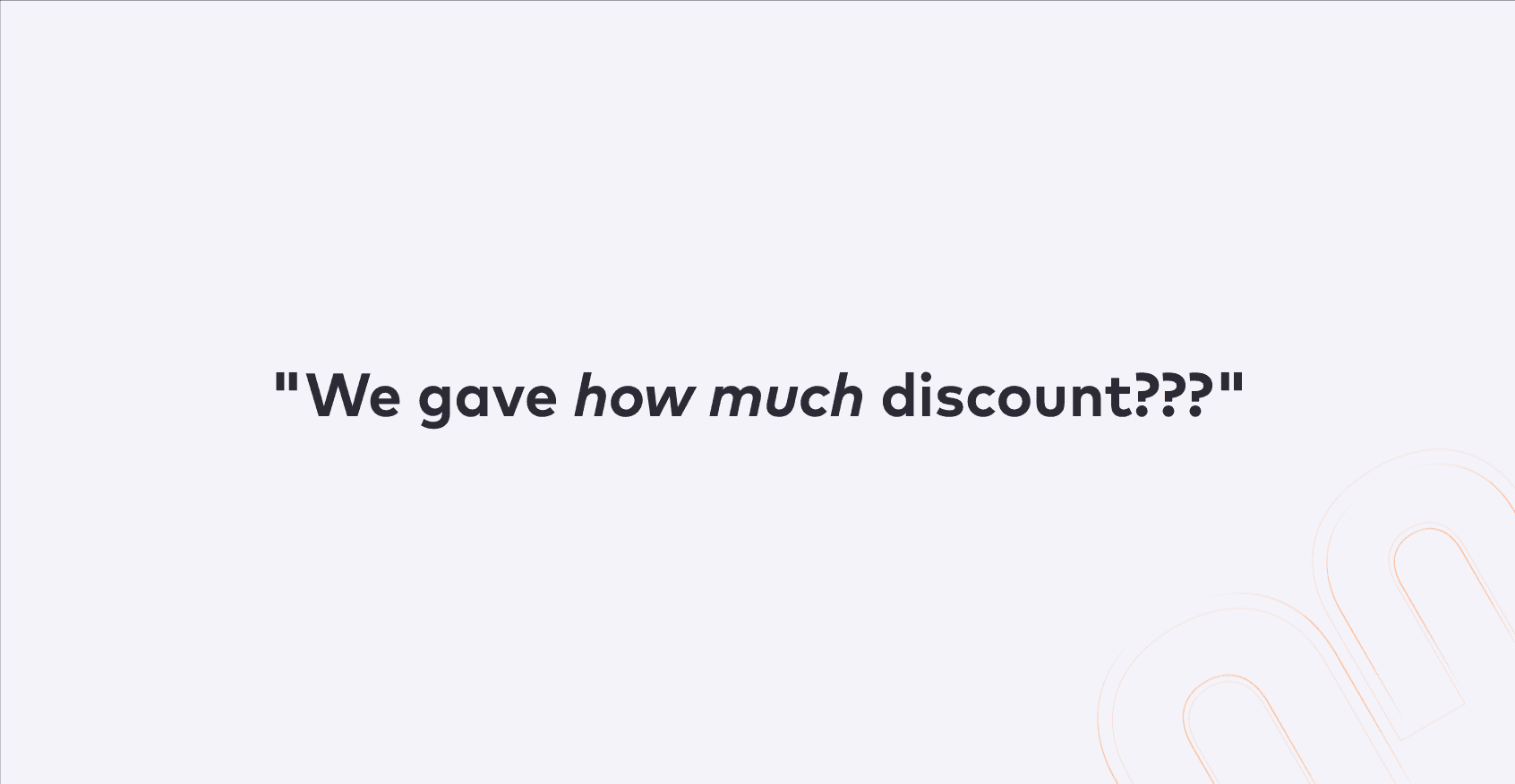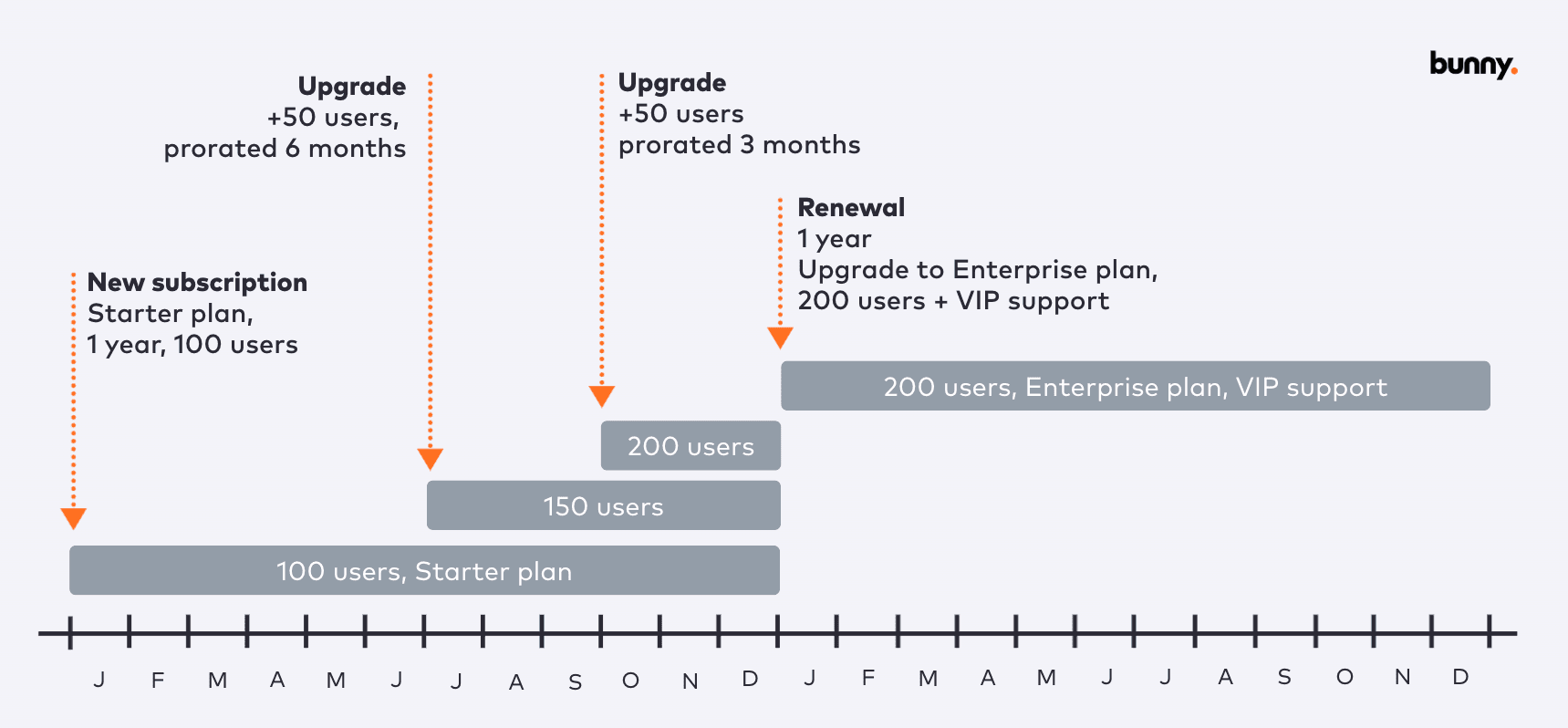
The Rise of Usage-Based Billing in SaaS Companies

In the ever-evolving landscape of Software as a Service (SaaS), there's a growing trend that's catching the attention of many: usage-based billing. This model, which charges customers based on their actual consumption rather than a flat fee, is becoming increasingly popular among SaaS companies. But why is this shift happening, and what does it mean for both businesses and consumers?
The Allure of Usage-Based Billing
The concept of "pay for what you use" isn't new. In fact, it has its roots in industries far removed from SaaS. Think of utilities like water and electricity. However, in the digital realm, Amazon Web Services (AWS) was a pioneer in introducing this model to the masses. AWS's billing system, where users pay for the exact amount of storage or computing power they use, was a game-changer. It allowed startups to large enterprises to scale their infrastructure costs in line with their growth, eliminating the need for hefty upfront investments.
This AWS model set the stage for a broader acceptance of usage-based billing. Many consumers and businesses began to see the value in only paying for what they consumed, leading to a perception of fairness and transparency in billing.
Benefits of Usage-Based Billing
Enhanced Customer Experience: One of the most significant advantages is the improved customer experience. When customers feel they are only paying for what they use, there's a heightened sense of value. This can lead to increased trust and loyalty.
Revenue Growth: For SaaS companies, this model can lead to increased revenue. As customers grow and use more of the service, their bills naturally increase, aligning the company's success directly with that of their customers.
Challenges of Usage-Based Billing
However, as with any business model, there are challenges to consider:
Tracking Consumption: Implementing a system that accurately tracks user consumption can be complex. It requires robust infrastructure to ensure that every interaction or usage metric is logged and billed correctly.
Recognizing Recurring Revenue: One of the hallmarks of SaaS is its predictable recurring revenue. With usage-based billing, this predictability can be reduced. Companies need to find ways to forecast usage and recognize this revenue to maintain a steady cash flow and appease stakeholders.
Educating Customers: There's also the challenge of educating customers about this billing model. While many are familiar with it thanks to services like AWS, others might be used to flat-rate billing and could require some time to adjust.
Usage-based billing is undoubtedly an exciting development in the SaaS world. It offers a win-win situation where customers feel they're getting value for money, and companies can align their growth directly with their customers' success. However, it's essential for companies to be aware of the challenges and be prepared to address them head-on. As the SaaS landscape continues to evolve, it will be interesting to see how usage-based billing shapes the future of this industry.
Usage-based billing at Bunny
Whether you're only just starting to think about usage-based billing or you've been at it for a while Bunny has a solution that can help. Bunny hosts the usage tracking infrastructure that you will need as well as offering various pricing and billing models to suit your usage-based strategy. Going a step further Bunny also takes care of the invoicing, billing and revenue recognition.

